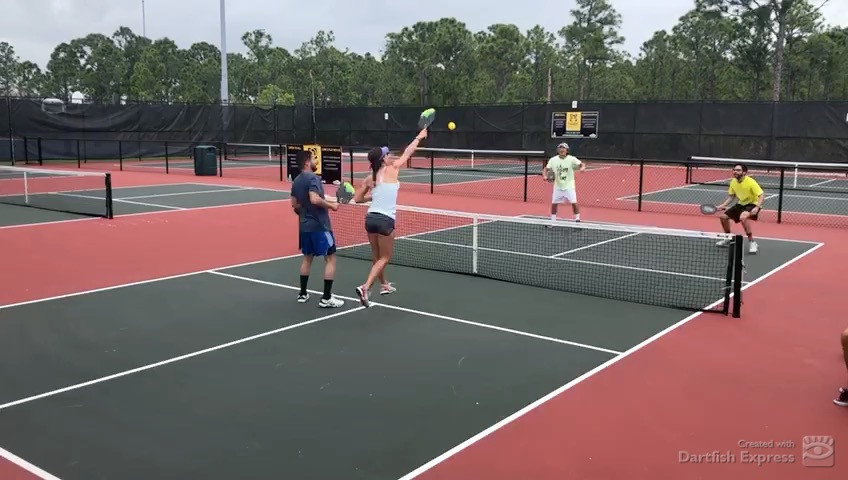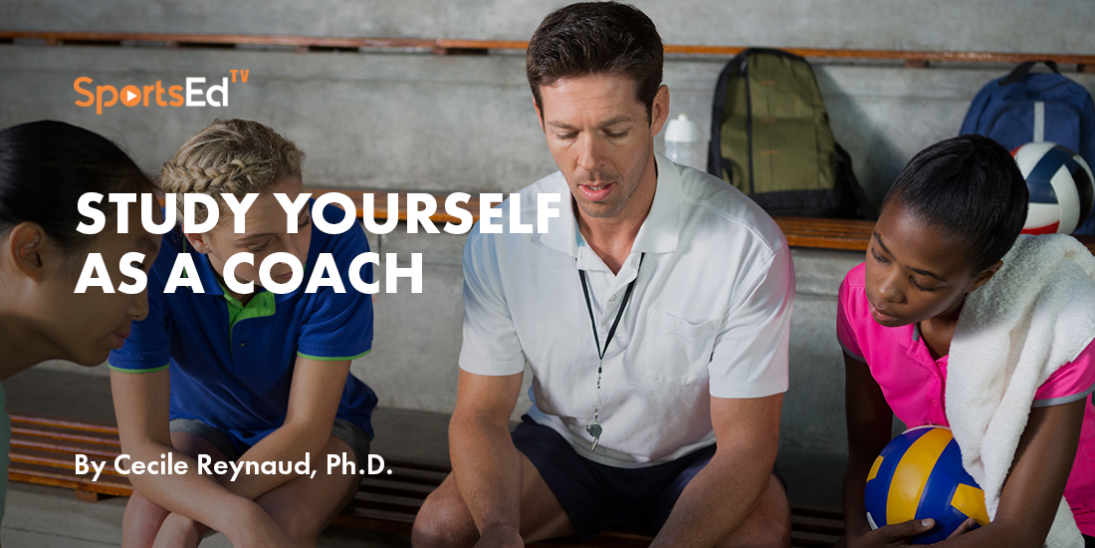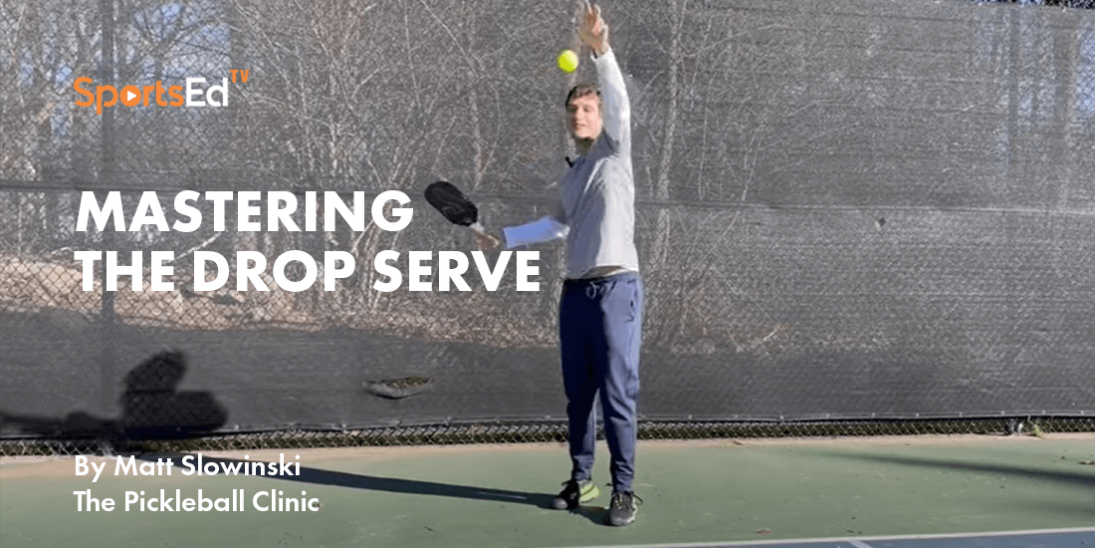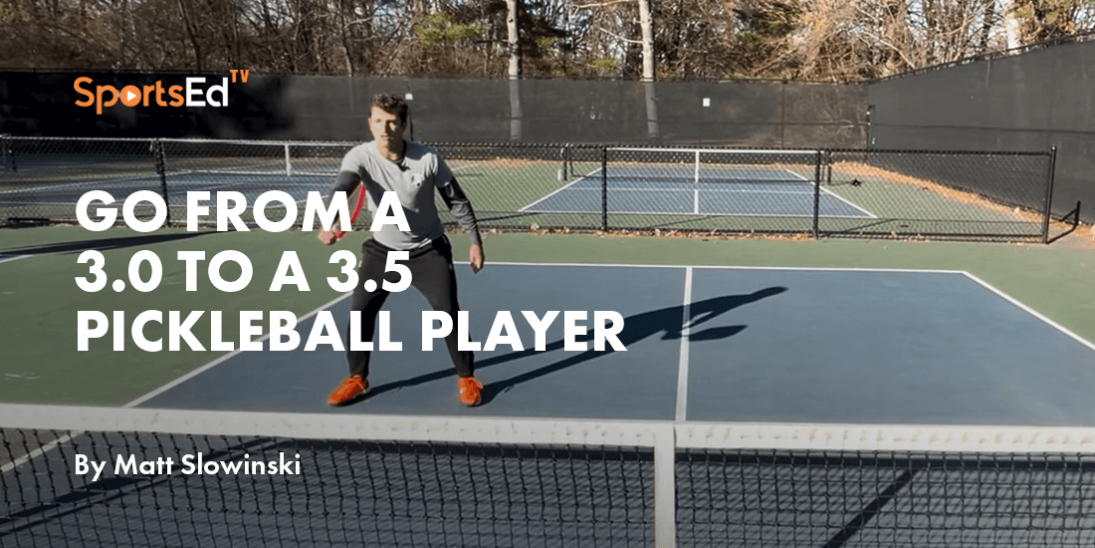Pickleball
Welcome and thanks for visiting...

Defensive Poaching in Pickleball
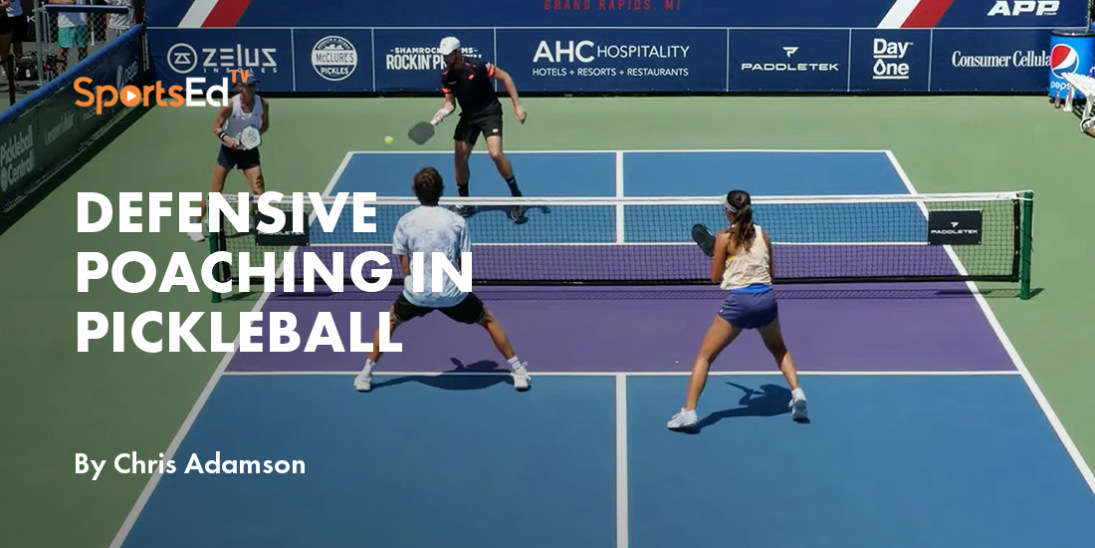
Poaching in pickleball
Yes, you did read the title correctly. This article is attempting to rebrand poaching or, at the very least, make poaching more acceptable as a defensive action.
We know poaching gets a bad rap; the word itself has some pretty well-founded negative connotations, and from some of the looks I've received when I over-extended on a poach, it seems aptly named.
Defensive poaching can be a massive help as it is a highly effective way of covering one’s teammates when they are in a weakened position on the court.
Take a moment to consider this scenario; your partner is receiving a wicked serve that forces them off balance just to keep the return in play. You see the inevitable unfold before it happens: your partner getting a ball right at their feet while struggling to get to the non-volley zone.
So why not help?
Now, if your partner has been rude, I can understand leaving them on their own.
Still, usually, we are there to win, so sliding over into the middle of the court and even preparing to go farther to volley the attack at your partner would probably be in your side's best interest.
By stepping into the middle of the court up at the NVZ, you also have cut off the high percentage down middle shot and forced the opponents to hit a wider angle or lower percentage shot at your partner.
Even better, movement will also provide visual pressure on your opponent; nobody likes to see the open space where they are about to hit the ball, filled with an eager paddle waiting to punish.
If you are balanced enough, you could even hit an attacking volley, countering the opponent's drive, potentially ending the point even earlier. With all these reasons in mind, and hopefully a few more running in yours, this was convincing enough for you to step into a poaching position next time this scenario happens.
So maybe it is time to rebrand this version of poaching, moving over into your teammate’s space as a defensive/protective action instead of just being the player that over-extends.
Next time you see your partner back and unstable after a return of serve (and it isn’t an obvious down-the-line opportunity), step into the middle and defend their approach to the no-volley zone.
Your partner might even thank you for DEFENSIVE POACHING.



